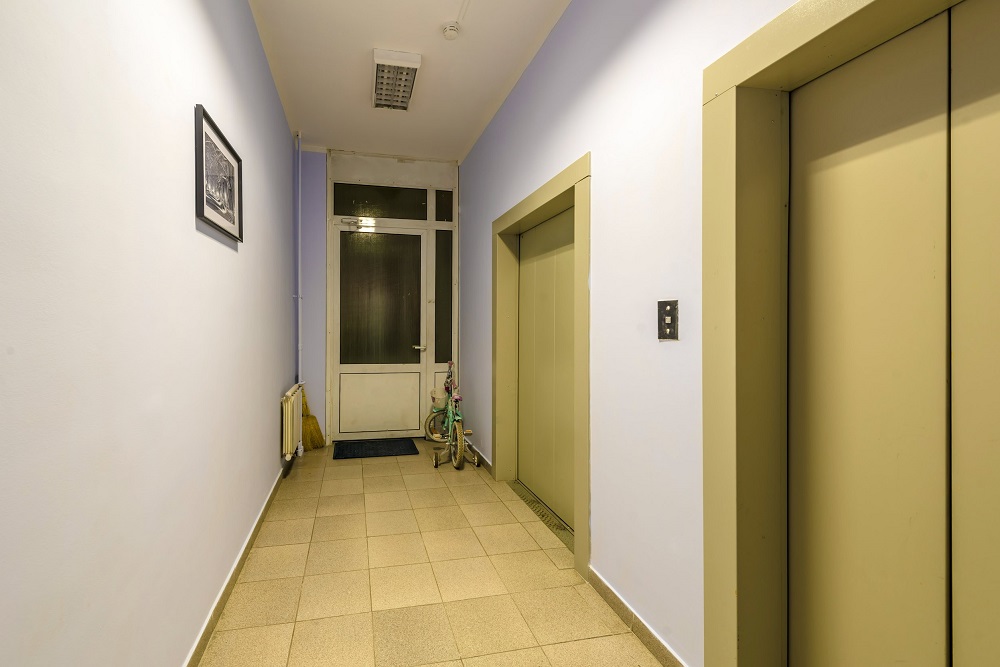Home elevators are becoming more commonplace as the population ages and opt to continue living in their own homes rather than moving to a senior care facility or retirement community. Residential elevators provide an elegant and efficient solution for those with reduced mobility, allowing them to safely access all floors of their home. However, different types of elevators have different requirements, and not every home is equipped to have one of these devices installed. Keep reading to learn more about residential elevator requirements so you can ensure your home is able to receive an elevator installation.
Installation Requirements Vary by Type
First and foremost, it’s important to note that the exact requirements for installing a home elevator will vary based on the type of elevator you select. We’ll discuss these varying requirements in further detail in a moment, but first, let’s cover the four main elevator types and discuss how they work:
- Hydraulic elevators – These elevators lift and lower the elevator car using a fluid-driven piston. These pistons must be installed beneath the elevator shaft.
- Cable elevators – Also known as traction elevators, these use a cable-and-pulley system with a counterweight to lift and lower the elevator car.
- Vacuum elevators – These newer, more modern elevators are air-driven and consist of a glass or acrylic tube similar to the mail tubes you might have seen in old buildings or drive-up banking windows. They function similarly as well, relying on shifting air pressure to lift and lower the elevator car in a gentle, controlled manner.
- Shaftless elevators – As the name implies, these elevators don’t have a shaft. Rather, the elevator car is positioned directly on a track, which exposes the operating mechanisms. This is not as attractive as other options but can be more affordable and require less space.
Now that we’ve discussed some important details of these different types let’s talk about the requirements for installing them in your home.
Space Requirements
Elevator cabs can vary, and you can sometimes customize the size to suit your needs better. However, most US states have building codes requiring home elevators to measure 18 square feet or less, which is enough to accommodate most standard elevator car sizes. Here are the standard space requirements for different elevator types:
- Cable and hydraulic elevators – Both these elevator types typically have cars ranging between 12 and 15 square feet, though larger ones can be custom-built. To install these elevator types, you’ll need at least a 15-square-foot area of your home that can be blocked off and dedicated to the elevator car and shaft.
- Vacuum elevators – Vacuum elevators require less space than cable and hydraulic elevators. They only need about 12 square feet (3×4 feet) to install an elevator that accommodates a person in a wheelchair.
- Shaftless elevators – As mentioned, these elevators are also a space saver. Even the larger models typically only require 14 square feet of space.
Installation Location
The right elevator for your home may depend on where you intend to install it, as different types can require different installation locations. Here’s what you need to know about the different elevator types and their ideal locations:
- Cable and hydraulic elevators – Both of these elevators need to be installed into your home’s structure and concealed behind a door or bookcase. For example, an ideal installation location would be a spot in your home with stacked closets on both floors. This allows installers to create a natural elevator shaft within the walls of your home, replacing the closets with an elevator.
- Vacuum elevators – These elevators don’t need to be built into the walls of your home and tend to be installed more out in the open. Typically, it’s best to install these alongside your staircase, where there is space to enter and exit the elevator car.
- Shaftless elevators – Because they don’t require a shaft, shaftless elevators are flexible in their installation locations. They should be mounted against a sturdy wall with strong support beams.
If you have a location in mind for your residential elevator, that may help you in determining the best type of elevator for your home.

A Professional Team
Finally, remember that this is a major renovation for your home. Not only do you want to ensure that you select the right elevator and meet all of its installation requirements, but you also want your elevator to fit seamlessly into your home’s design while providing safe and comfortable transportation between floors of your home. Contact the expert team at K N Enterprise LLC to learn more about our residential elevator installation and other home accessibility and mobility solutions.

